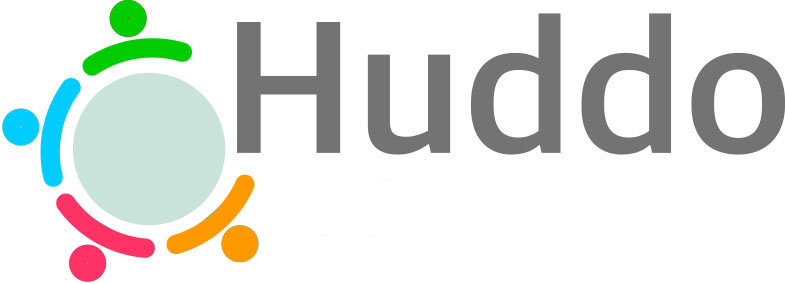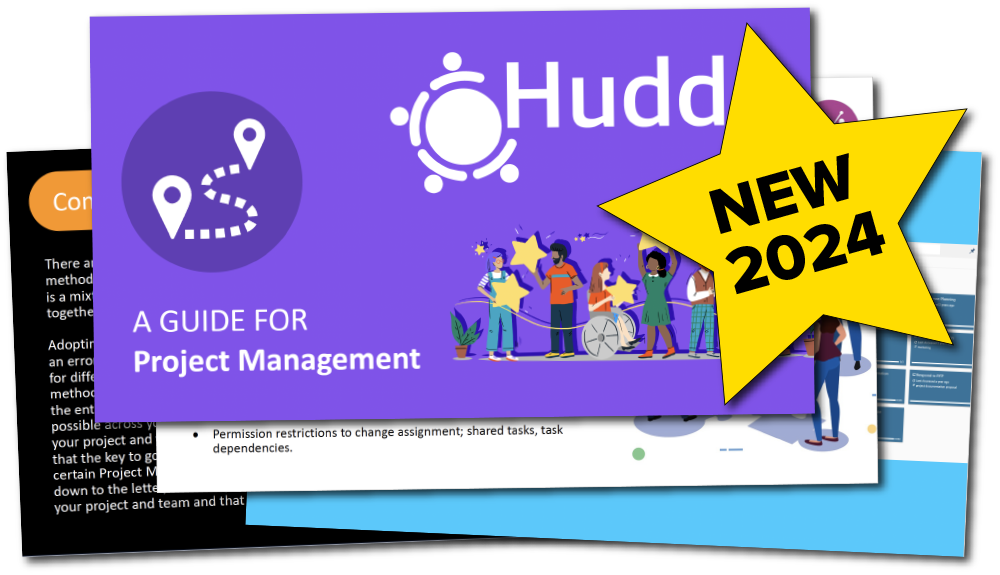Techniques. Tech Geeks: Projects with Large Teams and Several Contributors
Well, techniques are not just for the technological. This title was just an attempt to be clever and there are only so many words that rhyme with ‘techniques’. Techniques apply to online and offline projects and are naturally developed when using any tool. In fact, use any tool long enough and you naturally develop your own technique as you begin to understand more efficient ways of using it to create better results and/or do the work faster. Everything from managing million-pound budgets to peeling a potato.
Techniques can change depending on the sort of project you are working on, any restrictions (such as budget, and time), the size of your team, the tools you use, your company culture, communication channel preferences, and much more. All those seemingly little things inputted into a project can influence techniques, but there are some foundational commonalities across most projects where a certain technique suits a certain aspect.
Projects with Large Teams and Several Contributors
Managing a team of 3 people on a project can use a totally different technique to managing a project with 20+ people. Many hands do make light work, but lots of hands means a lot of changes, updates, and movement in your project Board as it progresses. Helping each team member find their tasks is equally as important as making sure no task is left behind, and with so much data, the key is organisation and accountability.
If a deadline is less important to the project, MindMap may be one of the best views for Product Managers to see the entire project. However, if a project becomes so huge that you need to zoom in and out of a MindMap view, and do so a lot, you may find Activity and Board views equally as useful, especially if you organise your columns into the stages of the project. You can expand/hide rows in Activity and/or expand/hide subtasks in Board View, to get a sense of your project holistically. Choosing to scroll instead of zoom.
One key technique to deploy if your project Board becomes really large is to split up projects into distinct Boards. You can create a new Board and send existing tasks to that freshly created workspace, and create links to the new Board from the original. That way contributors can find the new Board if they go to the old one first, and start working in a new cleaner workspace with more focused tasks.
Toolbar and Search bar filters are an excellent way to view key tasks and keep your day-to-day workspace clean, especially for the contributors of your project. Assigning members to tasks, and applying labels and tags, allows users to filter tasks only assigned to them, and if needed by another category too, such as ‘important’. This method also keeps the main project Board organisation intact. It’s a temporary view for whoever wishes to use it.
Using aggregated views in Activity and Kanban is also good for individual contributors to manage tasks, again not only by showing tasks per member in new columns or rows but also by date. Use the aggregated by Member view to find tasks not assigned to anyone so no tasks are left unaccounted for. Continue to filter the aggregated view by Date with member filters applied to view member tasks organised by date. Again, these aggregated views are temporary and keep the main project Board organisation (columns and rows) intact.
[NEW TO 2024]
Download the Huddo Boards
Guide for Project Management
Using permissions can allow you to maintain control over certain aspects of your project when there are many people involved. Setting contributors to only edit their own tasks and cards for instance, or team heads to create new content but unable to edit the content of other team heads. This technique is also very useful when working with external parties, only allowing them to access the tasks which relate to them, keeping other tasks and associated Boards private to your organisation.
Regular meetings and communication schedules can be vital. Daily stand-ups, fortnightly sprints, and monthly meetings are all excellent ways to not only keep your project moving and on schedule, but also act as a prompt for collaborators to organise their tasks. Sometimes you can even use these meetings to update the Board as you discuss tasks and the project as a whole. However, contributors will often catch up on lapsed organisation so they can easily communicate what they have done, what they are doing now, and what is next. Meetings are a good reminder to down tools and review work.



